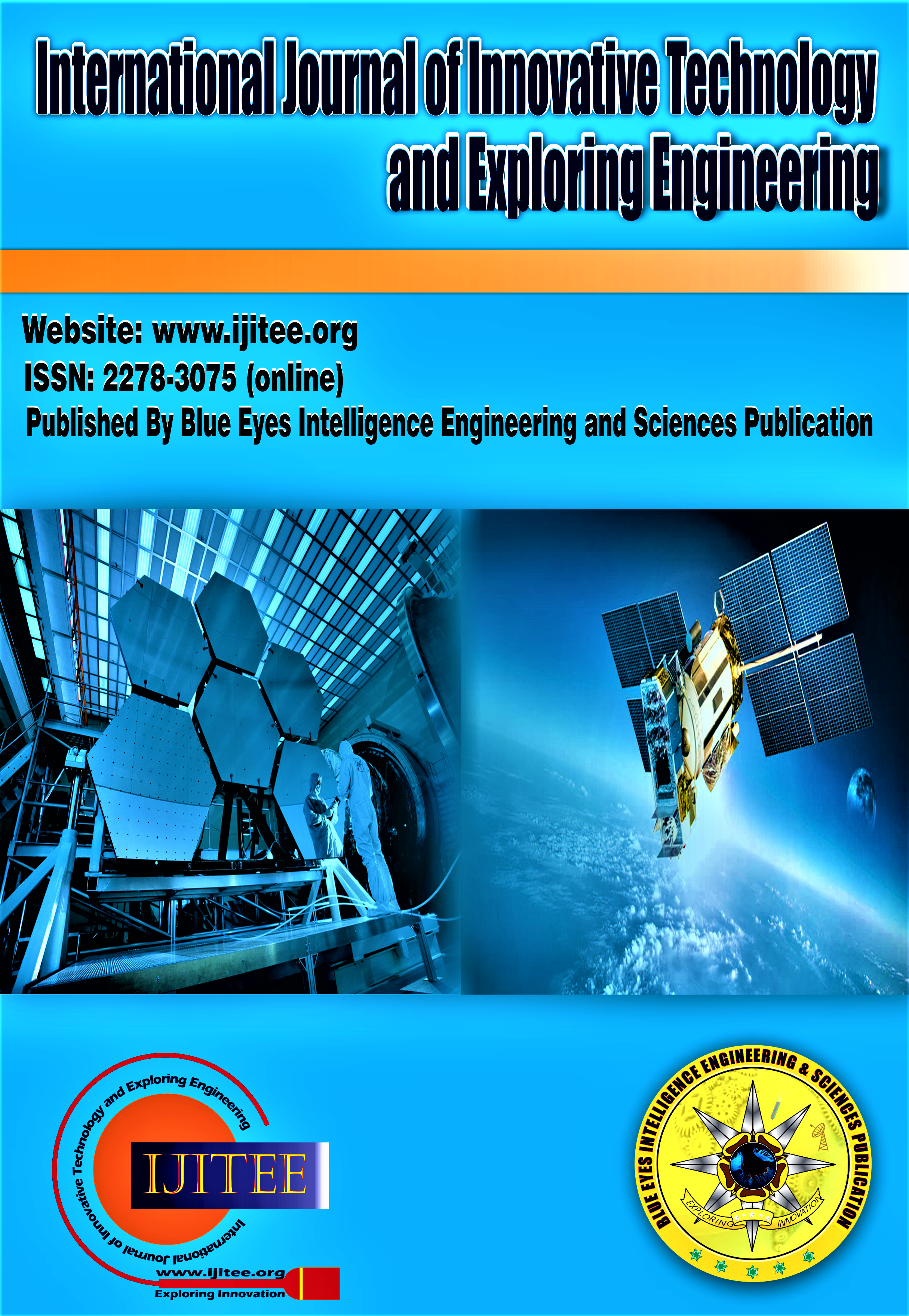Spear Watch: A Thorough Examination to Identify Spear Phishing Attacks
Main Article Content
Abstract
A form of cybersecurity assault known as phishing involves hostile actors sending messages while posing as a reliable individual or organization. Spear-phishing assaults target a particular victim, and communications that pretend to be from someone they know and contain personal information are updated to directly address that victim. Spear-phishing takes more planning and effort to complete than phishing. Because these attacks are so skillfully customized, conventional security frequently cannot stop them. They are consequently getting harder to find. The spear phishing emails generally require a sophisticated security protocol, deploying threat detection and response tools. There are many research works with newer techniques applied for such systems. Most of them use AI, ML algorithms in identifying the threat and taking necessary actions. This paper emphasizes the importance of having much more enhanced techniques by means of research & development. To start with, the research this work focuses on exploring various detection techniques, where machine learning, natural language processing algorithms are used especially on behaviour analysis, and anomaly detection. This paper lays a foundation for future research in this area.
Downloads
Article Details
Section

This work is licensed under a Creative Commons Attribution-NonCommercial-NoDerivatives 4.0 International License.
How to Cite
References
S. Kumudha and Aswathy Rajan, “A Critical Analysis of Cyber Phishing and its Impact on Banking Sector”, International Journal of Pure and Applied Mathematics, Vol.119, No. 17, 2018, ISSN: 1314-3395 (on-line version), pp. 1-14.
Dhruv Rathee and Suman Mann, “Detection of E-Mail Phishing Attacks – using Machine Learning and Deep Learning”, International Journal of Computer Applications, Vol.183, No. 47, 2022, pp. 1-7.
Alhuseen O. Alsayed and Anwar L. Bilgrami, “E-Banking Security: Internet Hacking, Phishing Attacks, Analysis and Prevention of Fraudulent Activities”, International Journal of Emerging Technology and Advanced Engineering, Vol.7, No. 1, 2017, ISSN 2250-2459, ISO 9001:2008 , pp. 1-7.
N.P. Singh, “Online Frauds in Banks with Phishing”, Journal of Internet Banking & Commerce, 2010, ISSN: 1204-5357, pp. 1-18.
Kara Ilker, “Don't bite the bait: Phishing Attack for Internet Banking”, The Journal of Digital Forensics, Security & Law, Vol.16, 2021, pp. 1-13.
Junaid Ahsenali Chaudhry, Shafique Ahmad Chaudhry & Robert G. Rittenhouse, “ Phishing Attacks and Defenses”, International Journal of Security and Its Applications, Vol.10, No. 1, 2016, pp. 1-10.
Dr. N. Revathy, Dr. T. Guhan, Mr. P. Haridharan & Mr. S. Premkumar, “ Detection and Preventing of E-Banking Phishing Attack 1 Using Link Guard Algorithm”, ANVI BOOKS & PUBLISHERS, Vol.1, 2020, pp. 1-8.
Dr.Radha Damodaram, “ STUDY ON PHISHING ATTACKS AND ANTIPHISHING TOOLS”, International Research Journal of Engineering and Technology (IRJET), Vol.3, No. 1, 2016, pp. 1-6
Bashir, Tenuche , Agbata, B.C , Emmanuel Ogala, William Obeng-Denteh, “ The Fuzzy Experiment Approach for Detection and Prevention of Phishing attacks in online Domain”, East African Scholars Journal of Engineering and Computer Sciences, Vol.3, No. 10, 2020, pp. 1-11.
Fadare Olusolade Aribake and Zahurin Mat Aji, “Fight Against Phishing Attacks Among Internet Banking User: A Knowledge Management Technique”, Knowledge Management International Conference, 2021, pp. 1-6.
Ezer Osei Yeboah-Boateng, Priscilla Mateko Amanor, “Phishing, SMiShing & Vishing: An Assessment of Threats against Mobile Devices”, Journal of Emerging Trends in Computing and Information Sciences, Vol.5, No. 4, 2014, pp. 1-11.
Olga Syniavska, Nadiya Dekhtyar, Olga Deyneka & Tetiana Zhukova, “ Modeling the Process of Counteracting Fraud in E-banking”, Kharkiv National University of Internal Affairs, 2012, pp. 1-11.
Brad Wardman, Tommy Stallings, Gary Warner & Anthony Skjellum, “ High-Performance Content-Based Phishing Attack Detection”, Computer Forensics and Research Laboratory, University of Alabama at Birmingham, 2011, pp. 1-8
Rachna Dhamija & J.D.Tygar, “ The Battle Against Phishing: Dynamic Security Skins”, ACM International Conference Proceedings Series, ACM Press, 2005, pp. 1-12
Engin Kirda & Christopher Kruegel, “Protecting Users Against Phishing Attacks”, Oxford University Press, 2005, doi:10.1093/comjnl/bxh000 , pp. 1-8
Maher Aburrous, M.A. Hossain, Keshav Dahal & Fadi Thabtah, “ Intelligent phishing detection system for e-banking using fuzzy data mining”, Elsevier Journals, 2010, doi:10.1016/j.eswa.2010.04.044, pp. 1-9.
Mousa Tayseer Jafar, Mohammad Al-Fawareh, Malek Barhoush & Mohammad H. Alshira, “Enhancеd Analysis Approach to Detect Phishing Attacks During COVID-19 Crisis”, Cybernetics and Information Technologies, Vol.22, No. 1, 2022, DOI: 10.2478/cait-2022-0004 pp. 1-17.
E.Konda Reddy, Dr. Rajamani and Dr. M. V. Vijaya Saradhi, “ Detection of E-Banking Phishing Websites”, International Journal of Modern Engineering Research, Vol.2, No. 1, pp. 1-9.
Ilker Kara, “Electronic Banking (e-Banking) Fraud with Phishing Attack Methods”, European Journal of Science and Technology, Vol.31, No. 1, 2021, pp. 1-4.
Sayan Karmakar & Dr Munish Bhatia, “Phishing Attacks and It's Working Methodology and How Spear Phishing Is Happening in Modern IT Hubs”, International Journal of Mechanical Engineering, Vol.7, No. 4, 2022, pp. 1-9.
Tony UcedaVelez, “Phishing for Banks A Timely Analysis on Identity Theft & Fraud in the Financial Sector”, Global Information Assurance Certification Paper, 2005, pp. 1-8.





